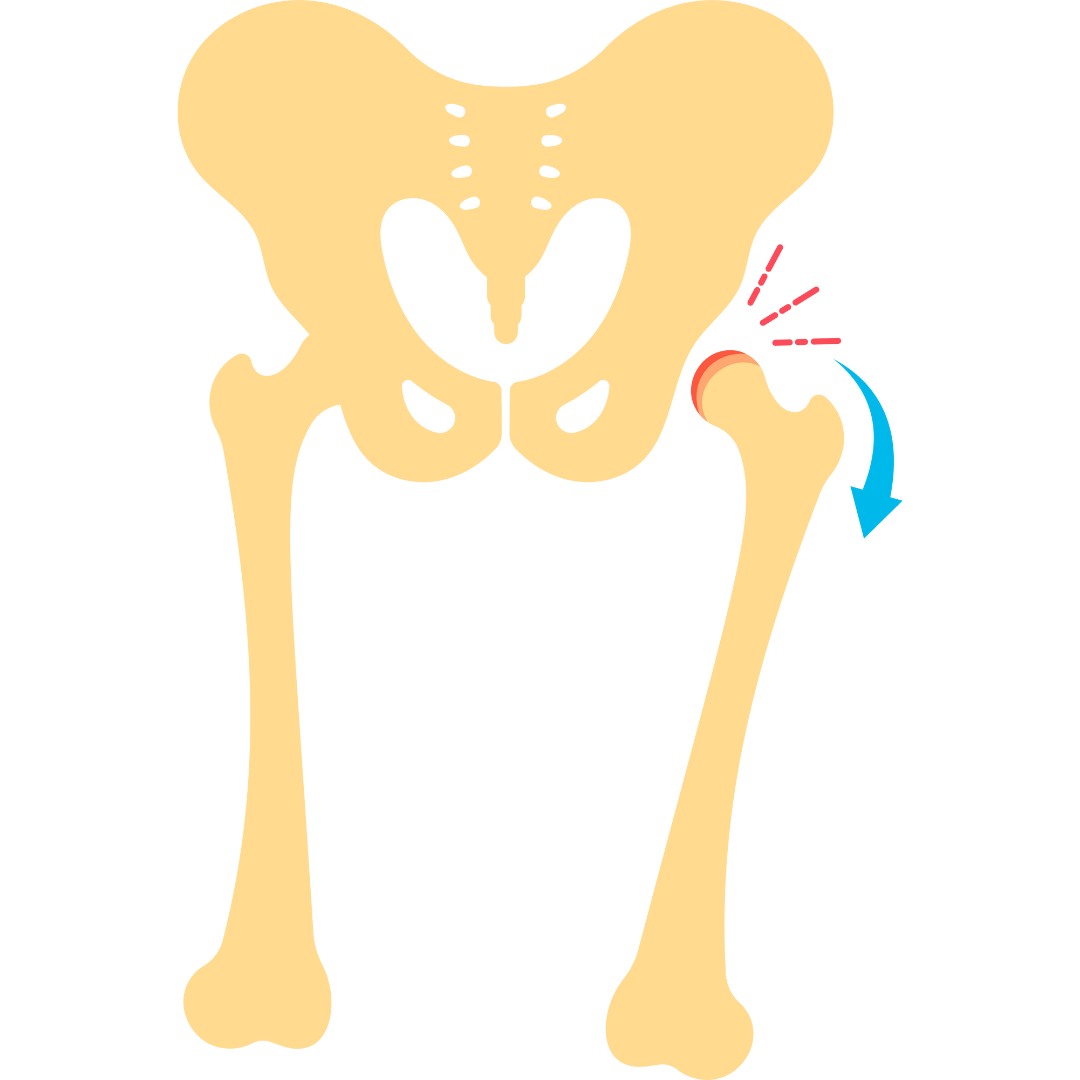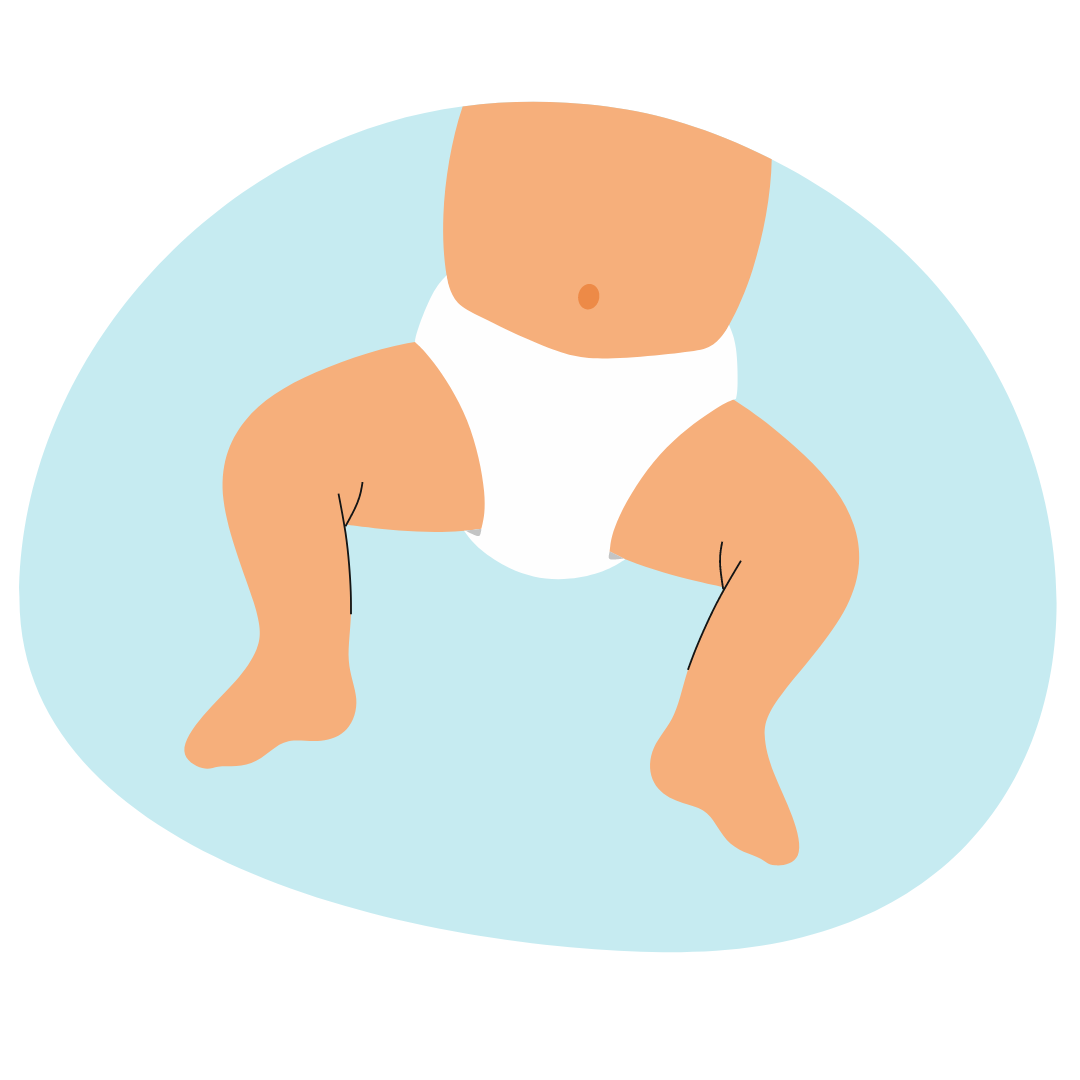
some details
What Is Hip Dysplasia?
Developmental Dysplasia of the hip is defined by the International Hip Dysplasia institute as “a general term for infantile hip instability, dislocation, or hollowness of the hip socket. Hip instability and dislocation are more likely to occur during infancy, while a shallow stable socket is more often discovered in adolescence or adulthood.”[1]

Hip dysplasia or DDH typically develops around the time of birth, including after birth. Hip instability is the most common abnormality in infants and can range from mild looseness in the hip to complete
dislocation.
According to BC Children’s Hospital, DDH is the most common pediatric hip condition, with 1-3% of all newborns being diagnosed at birth. [2]
Hip dysplasia can also be diagnosed in adolescence or adulthood. This is typically described as “acetabular dysplasia”.
What Causes Hip Dysplasia?
While the exact cause of hip dysplasia is unknown, it has been established that most cases of DDH develops around the time of birth as the hip socket is shallower at birth than at any time before or after. This is because growth within the womb limits hip movement in the later stages of pregnancy.
According to the International Hip Dysplasia Institute, “Hip dysplasia is approximately 12 times more likely when there is a family history.”[3]
Boston Children’s Hospital[4] notes potential causes of Hip Dysplasia in infants can include;
- a family history of DDH in a parent or other close relative
- gender - girls are two to four times more likely to have DDH
- first-born, whose fit in the uterus is tighter than in later babies
- breech position during pregnancy
- tight swaddling with legs extended
Disclaimer: The information on this website is meant for informational purposes only. Our goal is to promote understanding and knowledge of hip dysplasia and to empower patients and their families, however this information is not meant to take the place of medical providers. Individuals should always seek the advice of your physician/surgeon, physical therapists, and other qualified health care providers.


